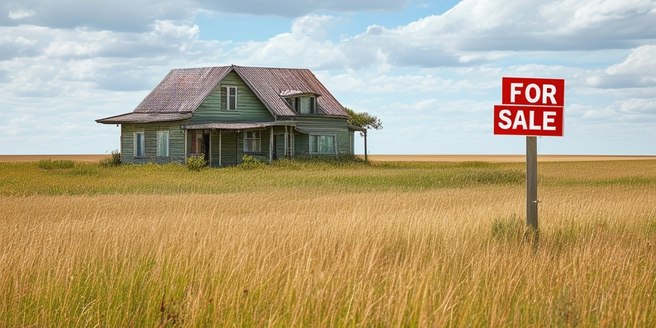Understanding the Concept of Affordable Housing
Affordable housing refers to dwelling units, usually rental housing, that are affordable to individuals and families with low to moderate income—typically, those earning less than the median household income for the area. It is important to note that what qualifies as affordable can significantly vary depending on the housing market in a specific region. These dwelling units come in various sizes and types, including apartments, townhouses, and single-family homes. The goal of affordable housing is to provide safe and quality accommodations that don’t cost so much that they prevent people from meeting other basic living costs.
Factors Influencing Affordable Housing in Rural Areas
Numerous factors, such as land availability, cost, proximity to services, population density, local economies, and government policies, significantly influence the availability of affordable housing in rural areas. The lack of suitable land can make housing development challenging and expensive, while the absence of essential public services can hamper the establishment of affordable homes. Furthermore, rural areas’ sparse population could risk the economic viability of housing projects. Local economic situations and government regulations also substantially impact the affordability of housing — negative economic conditions can hinder funding, and restrictive housing codes or lengthy permit processes can obstruct development. However, government assistance like subsidies or low-interest loans can stimulate affordable options. Managing these complex, interrelated factors effectively is fundamental for the successful development and sustainability of affordable housing in rural regions.
Comparing Urban and Rural Housing Affordability
Housing affordability, especially the comparison between urban and rural living, is a paramount consideration. The decision between city or countryside living is influenced by more than just home prices. Higher costs often characterize city living due to factors like high demand, proximity to workplaces, and access to cultural spots. However, rural living also presents unique hidden costs that can make it as expensive, or more. For instance, rural areas usually have limited job opportunities due to fewer industry and business establishments, which may lead to lower wages and difficulties with mortgage payments. They often have to manage long commutes, limited public transportation, and increased dependence on personal vehicles. Additionally, rural areas offer less access to amenities like healthcare, shopping, and entertainment facilities commonly found in urban centers. These drawbacks can make housing affordability in rural areas a more complex issue than it appears, underscoring the importance of factoring in all these elements when comparing urban and rural living conditions.
Barriers to Affordable Housing in Rural Areas
The creation of affordable housing in rural areas is obstructed by many complex barriers. Although rural land is often cheaper than its urban counterpart, establishing infrastructure like roads and utilities tends to raise the overall expenses due to the logistical challenges of accessing remote areas and the lack of existing infrastructure. There are fewer builders available to work in rural areas, leading to less competition and consequently higher construction costs. Adding to these hurdles are the dense regulatory environment and opposition from the local community. These regulations influence how and where houses can be built, necessitating substantial time, expertise, and money to navigate – factors that can deter potential investors. Local residents may also oppose new construction due to fears of disruption or significant community change, necessitating strategic planning and open dialogue. These diverse challenges underscore the complexity of executing affordable housing projects in rural areas.
Potential Solutions for Affordable Housing Challenges
Addressing today’s complex challenges requires innovative strategies and collaboration, including the use of federal and state-sponsored programs to initiate reform, economic growth, and community development. These methods also encompass promotion of affordable housing projects, thereby not only easing financial burdens for low-income households but also contributing to diverse, inclusive communities. Reforming zoning laws for higher density housing can also enhance accessibility to housing, boost neighborhood vibrancy, and potentially reduce urban sprawl costs. Moreover, engaging local communities in planning and development stages is vital as it promotes transparency and nurtures a sense of ownership and vested interest in the projects, establishing harmonious relations between developers and community members.
Real-Life Success Stories of Affordable Housing in Rural Areas
There are numerous success stories illustrating the viability of affordable housing in rural areas, dispelling the myth that it is exclusively an urban issue. Using sustainable building strategies, these homes have become both cost-efficient and eco-friendly. Strategic planning has been crucial in utilizing limited resources, exploring new potentialities, and satisfying the housing needs of residents while preserving the rural character. It was essential for community members to participate in the planning and decision-making processes to ensure the housing projects met their needs, and this also fostered a sense of ownership and responsibility. The outcome of these efforts has been superior affordable housing, improving residents’ quality of life and stimulating the local economy through job creation and increased consumer spending. Thus, rural affordable housing projects serve as much more than merely shelters; they are agents for social and economic improvement.



